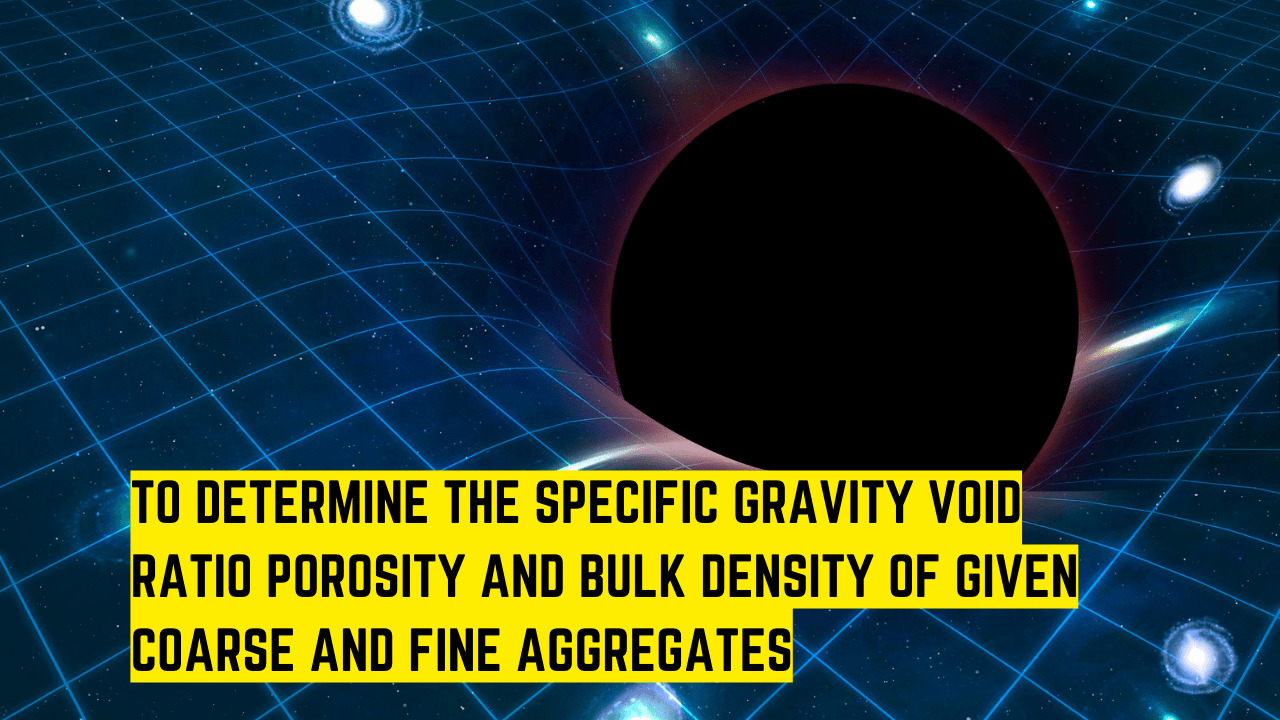Table of Contents
Apparatus:
- Electronic theodolite
- Tripod stand
- Ranging rod
Least count of the instrument:
Least count of electronic theodolite = 00°00’05’’
Related Theory:
Theodolite
A theodolite is an instrument for measuring dimensions in the horizontal and vertical planes. Theodolites are surveying instruments used mainly for surveying applications such as:
- Measuring Horizontal distances
- Measuring Vertical heights of objects
- Measuring deflection angles
- Measuring Magnetic Bearings of lines
- Ranging of lines
Repetition method
In this method, the value of the angle is added several times and the precise value of the horizontal angle is determined by dividing the accumulated readings by the number of repetitions. This method is generally used for achieving high precision readings.
Let AOB be the required horizontal angle to be measured by repetition method between sides OA and OB. To sight, the object, clamp the theodolite horizontally and telescope vertically. Use focusing knobs to make the object and cross-hairs clear and visible.
Take the horizontal angular readings by first making the theodolite reading zero for both left and right faces. Take the average of these values. The Sum of all the angles at the station point should be equal to zero.
∠ AOB = (Accumulated reading)/ (No. of readings)
Swinging of theodolite
It is the movement of theodolite in a horizontal plane above the vertical axis. If the telescope is rotated in the clockwise direction, it is called as the right swing of theodolite and if it is rotated in the counterclockwise direction, it is termed as the left swing of the theodolite.
Transiting
It is the movement of the telescope in the vertical plane above the horizontal axis. This process is also called as reversing or plunging.
Trunnion axis
The horizontal axis of the telescope is called the trunnion axis.
Advantages of repetition method:
Following are advantages of using the repetition method for measurement of horizontal angles:
- The angles measured by the repetition method are free from errors caused due to:
- The eccentricity of the centres
- The imperfect adjustment of the line of collimation and trunnion axis
- The pointing of the telescope
- The graduations of the horizontal circle
- By the repetition method, angles can be measured to a greater degree of accuracy.
Procedure:
- To measure the horizontal angle, centre and level the instrument accurately over station point keeping the face of the instrument left.
- Set the vernier scale to zero. Unclamp the lower plate and swing the telescope of theodolite in azimuth to be sighted.
- Bisect the ranging rod at the first station perfectly using the lower clamp screw and lower tangent screw.
- Now loosen the upper clamp and slowly turn the telescope to sight and then perfectly bisect the ranging rod at the second station.
- Read both the verniers and take the average of the readings. The difference in the value gives the approximate value of the angle between the first and second stations.
- Unclamp the lower plate and turn the telescope in the direction of the first station again. clamp it and bisect the first station again accurately with the help of the lower tangent screw ensuring that the vernier readings do not change.
- Loosen the upper plate again and swing the telescope again in the direction of the second station and again bisect it perfectly using the upper tangent screw. The vernier will now read double of the angle between the first and second station.
- Repeat this procedure a certain number of times.
- The final reading after repetitions gives the accumulated angle between two stations. Divide this accumulated reading by the total number of repetitions to obtain the horizontal angle between stations.
- Change the face of the theodolite and repeat the whole procedure again.
- Take the mean of the two values of angles measured from face right and left and this gives the required horizontal angle between two stations.
Observations & Calculations:
| Station Points | Measured Angle | Face | Observed Value | Mean | Remarks |
| Left | |||||
| Right | |||||
| Left | |||||
| Right | |||||
| Left | |||||
| Right | |||||
| Left | |||||
| Right | |||||
| Left | |||||
| Right | |||||
| Left | |||||
| Right | |||||
| Left | |||||
| Right | |||||
| Left | |||||
| Right | |||||
| Left | |||||
| Right |
Mean = (Left face + Right face) / 2
Results & Discussion:
Precautions:
- Observations should be made on both faces to remove the error due to imperfect adjustment and obtain precise readings.
- The error of eccentricity of the graduated circle should be eliminated by reading both verniers.
- If there is a large discrepancy between readings of the left and right face, discard the set and take a new set of readings again.
- Theodolite must be perfectly levelled and adjusted at each station point.
- Protect the instrument from direct sunlight and rain with the help of an umbrella.






